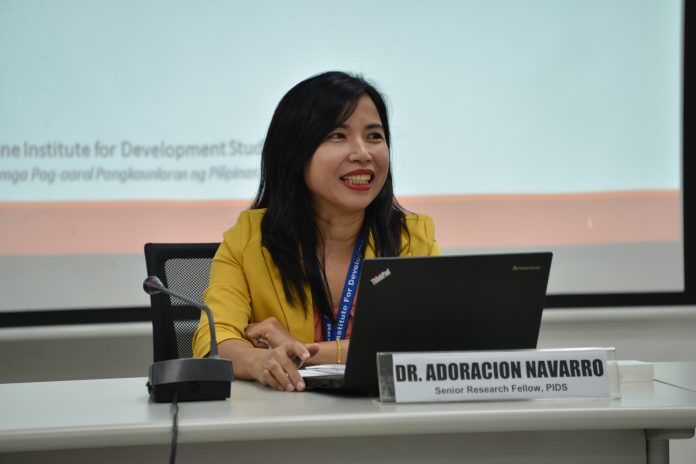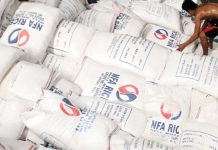
MANILA – Regional disparities or inequality in income per capita among regions have widened in the last nine years, the National Economic and Development Authority (NEDA) said Thursday.
During the “#AskNEDA” media briefing in Pasig City, NEDA undersecretary Adoracion Navarro revealed that regional income disparity has widened from 2009 to 2018.
Navarro cited the gross regional domestic product (GRDP) per capita – the measure of a region’s economic output per person accounting the total population – of the National Capital Region (NCR) to have increased from P181,748 in 2009 to P253,893 in 2018, but the Autonomous Region in Muslim Mindanao (ARMM) saw its GRDP per capita barely improve last year to P14,657 from P14,052 in 2009.
The NEDA official said NCR’s GRDP per capita in 2018 is 17 times more than ARMM’s.
“Inequality in income per capita across regions is widening,” the NEDA official said.
“Using real per capita GDRP data from 2009 to 2018, this shows that this disparity did not happened immediately, this happened over a period of time,” she said.
Navarro noted that the regions with the lowest GRDP per capita such as ARMM and CARAG are those with a faster population growth rate.
“Based on the data we have examined, in some cases, the population growth rate is high and the economic growth rate was not able to outpace the population growth rate,” she said.
“Data shows the richer regions are getting richer so it’s also quite possible that the upper income classes are getting richer than those in the lower income classes. The high income classes naman are concentrated in the high income regions for example NCR,” she said.
The laggard agricultural sector is also to be blamed for the high regional income inequality, she added.
“Another thing is that the agriculture sector natin is hindi pa nakaka-bawi. So those regions with very low GRDP per capita they have large agricultural bases and expectedly maiiwan talaga sila,” Navarro said.
Growing income inequality across regions is not unique in the Philippines, she said as this is also observed in other emerging economies.
“This phenomenon of growing inequality is also something that is seen in other parts of the world particularly in countries na papataas ang economic growth like the Philippines,” she said.
Addressing regional disparity
“As such the government must double its efforts in pushing for policies that can reduce such disparities,” Navarro said.
“For instance, we need to improve connectivity across regions and enhance the efficiency of transport, communications and overall logistics networks,” she said.
Since regions with low GRDP per capita are those with fast population growth, the NEDA official stressed local governments must support the government’s family planning and reproductive health program.
“As regions with lower GRDP per capita also have large agricultural bases, the government must give greater focus on improving the productivity of agriculture and fisheries sectors in regions,” Navarro said.
“This makes it more compelling for the government to pursue policy interventions that will optimize the demographic dividend by improving the country’s human capital to achieve our full potential. Govt just enacted universal healthcare law. We also continue to institutionalize education reforms though K-12,” she added.
Addressing leakages in the cash transfer program as well as reforming the tax system are also ways of reducing income inequality among regions, according to her.
“We are doing this (redistribution of income) through cash transfers and we are fixing out taxation system. We are pursuing a more progressive taxation,” she said.
“We should be glad that we have a high growth trajectory and we have good poverty figures. But income inequality is another story. We should be challenged by that,” she added. (GMA News)







